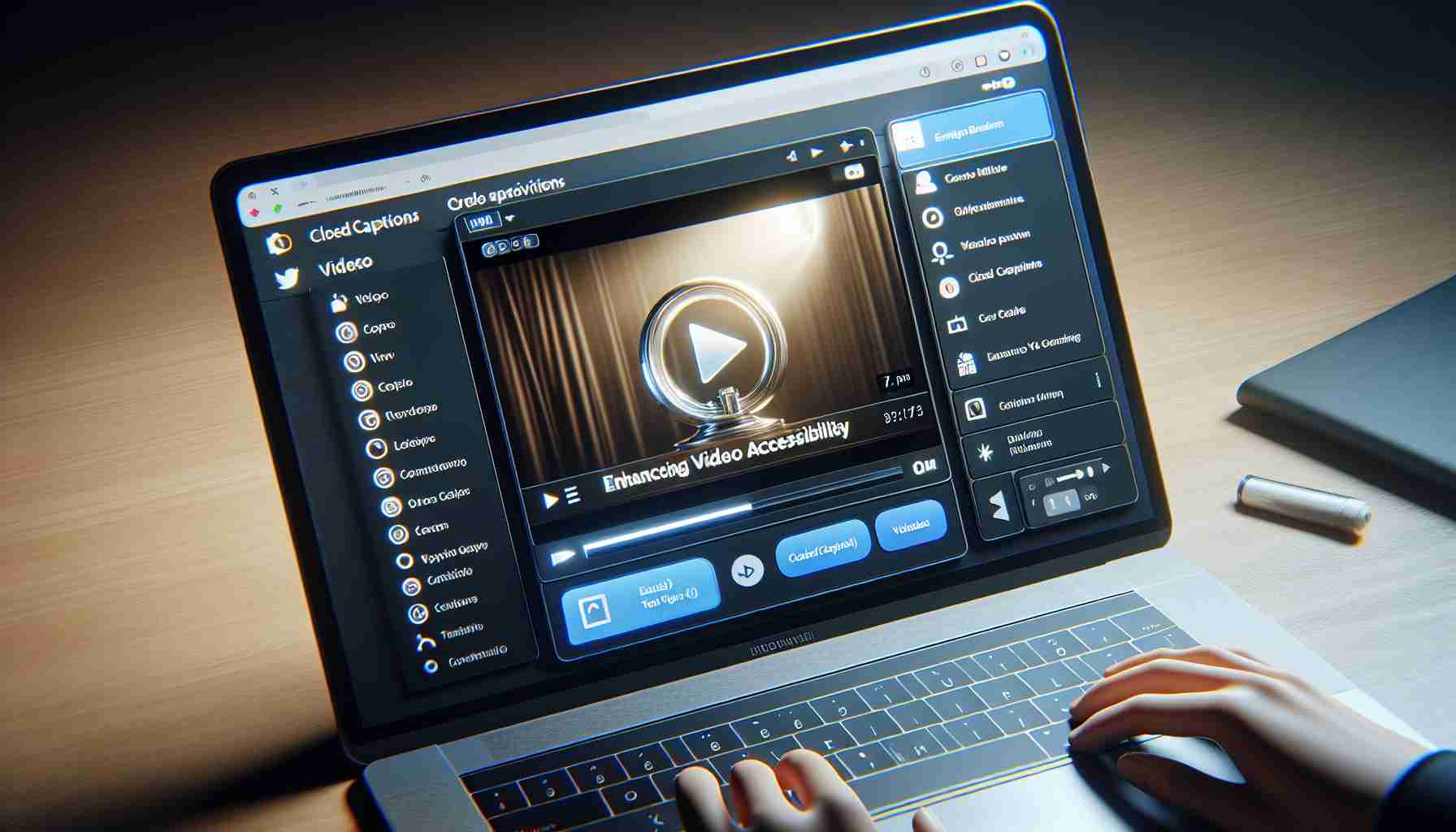Google Drive has recently introduced a groundbreaking feature to improve video accessibility on its platform. This innovative addition automatically generates captions for uploaded videos, significantly expanding the reach of video content. Through the utilization of cutting-edge speech recognition technology, Google Drive can now transcribe audio content from videos into text-based […]
Video Accessibility
Video Accessibility refers to the practice of making video content usable and comprehensible for individuals with disabilities. This includes implementing features that accommodate various needs, such as providing captions or subtitles for those who are deaf or hard of hearing, audio descriptions for individuals who are blind or have low vision, and ensuring that video players are navigable by keyboard or assistive technologies. The goal of video accessibility is to remove barriers and ensure that all users, regardless of their abilities, can access and enjoy video content. This approach is guided by principles of inclusivity and compliance with legal standards, such as the Americans with Disabilities Act (ADA) and the Web Content Accessibility Guidelines (WCAG).
